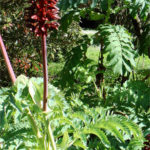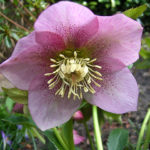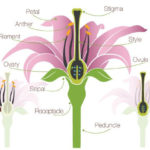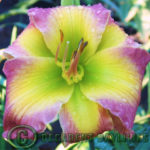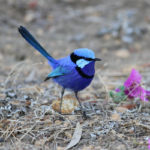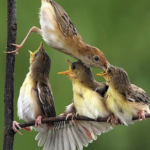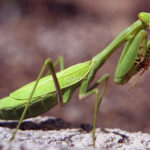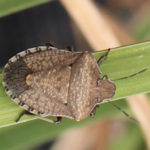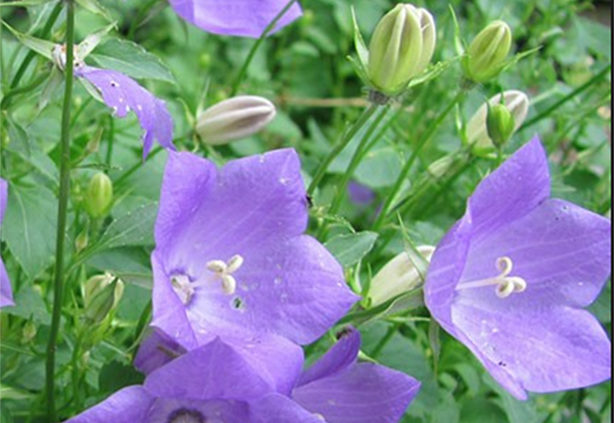
Campanula Carpatica Bellflowers Care
Campanula Carpatica – How To Grow And Propagate Bellflowers
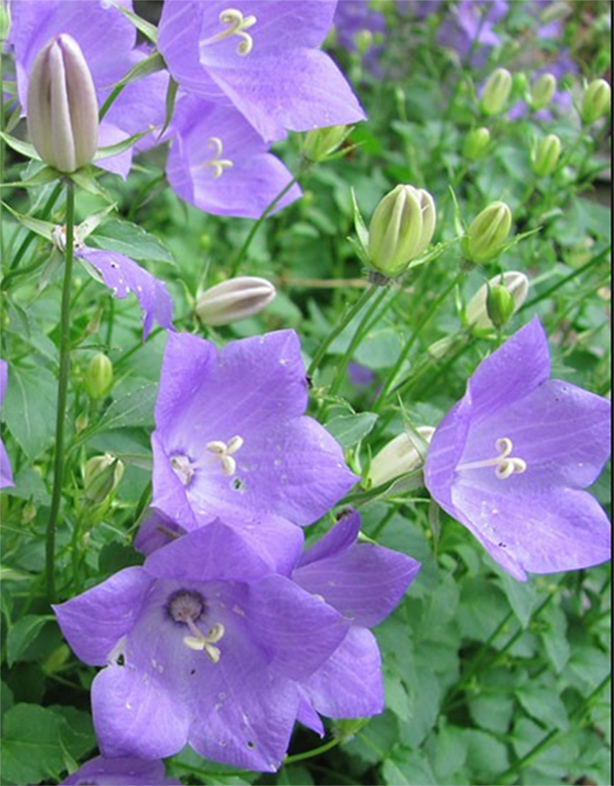 Campanula Carpatica is commonly known as Bellflowers. It belongs to the Campanulaceae family. The term Campanula in Latin means “Little Bell”. The flowers of Campanula plant are naturally bell shaped and long lasting. There are more than 500 varieties of Campanula plants, they are useful as cut flowers, florists love them and use them in floral arrangements. The species include annual, biennial and perennial plants. The height of the plant varieties ranges from 5 cm to 2 m. The leaves are positioned alternately and the shape of the leaves may vary in a single plant. Leaves may have entire or serrated edges and sometimes both types are seen on a single plant. The stems and leaves may have latex. Flower colour varies from shades of purple, lavender, blue, white or pink that were all developed for all sorts of garden use. The flowering period is from late spring until the deadline of summer.
Campanula Carpatica is commonly known as Bellflowers. It belongs to the Campanulaceae family. The term Campanula in Latin means “Little Bell”. The flowers of Campanula plant are naturally bell shaped and long lasting. There are more than 500 varieties of Campanula plants, they are useful as cut flowers, florists love them and use them in floral arrangements. The species include annual, biennial and perennial plants. The height of the plant varieties ranges from 5 cm to 2 m. The leaves are positioned alternately and the shape of the leaves may vary in a single plant. Leaves may have entire or serrated edges and sometimes both types are seen on a single plant. The stems and leaves may have latex. Flower colour varies from shades of purple, lavender, blue, white or pink that were all developed for all sorts of garden use. The flowering period is from late spring until the deadline of summer.
Growing conditions
Campanulas need full sun to grow and flower honestly. They can also grow well in lightly shaded areas.
- Plant them in rich and well-draining soil with an average pH of 6-8.
- They grow best in areas where the nights are cooler.
- Mulching the plant in summer helps to keep the roots cool. Make sure that the mulch is applied 1-2 inches away from the base of the plant to avoid root rot.
- These plants require good watering, especially during bloom time.
- Once the plant starts active growth after this, plants will require a very light feed, a sprinkle of basic fertiliser once in every one to three months will keep them growing.
- The blooming period of the plant can be extended by deadheading the flowers. Many varieties need to be cut back to the extent of 3 inches during the late autumn.
Propagation
They can be propagated using seeds easily. The annual varieties of these plants can be started indoors at least 8 weeks before the last frost date in your area. The seeds require a good amount of sunlight for germination and when you sow the seeds, leave the seeds exposed. When the optimum temperature of 75 degrees is provided, the seeds will take only 10-14 days for germination. The seedlings require bright light until they are transplanted to the garden. This is telling you that these plants will self seed after the flowers are done. Stem cuttings, as well as the seeds, can be used for the propagation of perennial varieties of Bellflowers. Campanula Plants can also be propagated by division of the well established plants, divide every 2 to 3 years after frosts in spring.
Pests and diseases
Campanula varieties are generally pest and disease free, however yellowing of flowers and distorted growth is an indication of aphid infestation. If the plant is affected by aphids then you may spray them with insecticidal soap. Another pest that attacks these plants is slugs and snails. Control the growth by handpicking or providing physical barriers such as diatomaceous earth, or trapping. The common diseases include rust and rot diseases. If you can see reddish-brown powdery granules on the underside of leaves they are affected by rust. Remove the infected leaves and treat the plants using wet sulfur at the start of the next growing season. This will reduce the chances of recurrence of the disease. The rot disease symptoms include, a going black colour at the base of the plant and rotting of the crown. Remove and destroy the affected plants. Fungal infections cause rotting, so by keeping the soil well drained and keeping the mulches away from the crowns of the plant will reduce the chances of the disease.



